How Basecore Geocell Enhances Road Construction and Foundations
When it comes to modern geotechnical solutions, Basecore Geocell stands out as a versatile and cost-effective option. This advanced material is widely used in a range of construction, civil engineering, and infrastructure projects. In this article, we’ll explore some of the most frequently asked questions (FAQs) about Basecore Geocell and address common concerns to help you understand its benefits and uses better.
What is Basecore Geocell, and how does it work?
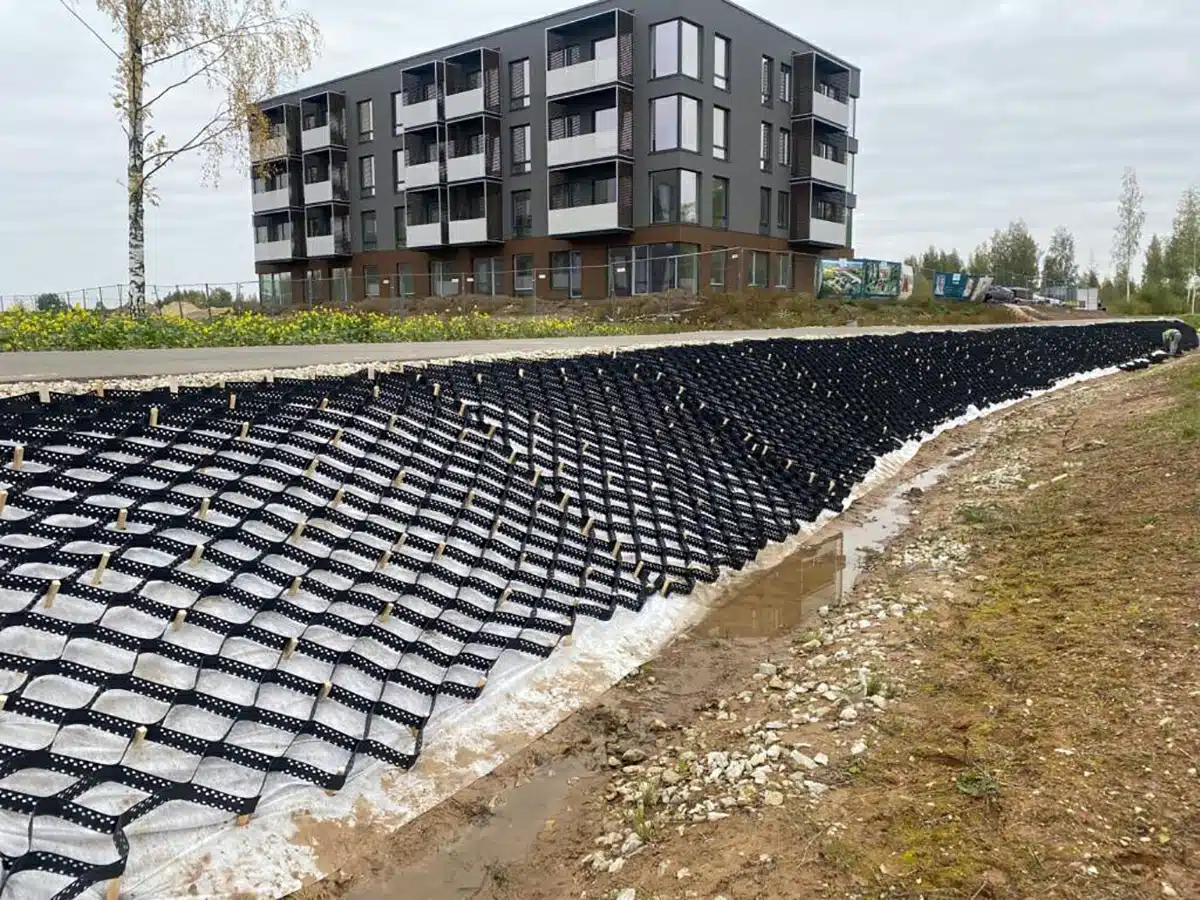
Basecore Geocell is a three-dimensional, honeycomb-like structure made from high-density polyethylene (HDPE) or other polymers. It’s designed to provide stabilization and reinforcement to soft or weak soils in construction sites. The geocell is expanded on-site, and the individual cells are filled with aggregate materials such as gravel, sand, or even concrete. This process creates a strong, durable foundation that can support heavy loads, improve drainage, and prevent soil erosion. In addition, collapsible geocell panels offer industrial ground stabilization and erosion control, making them an ideal solution for any commercial foundation project.
What are the primary benefits of using Basecore Geocell in construction?
One of the main advantages of using Basecore Geocell is its ability to significantly improve soil strength and stability. By confining and reinforcing soil within its cells, it prevents lateral movement, reducing the risk of shifting or sinking. It’s also highly effective for erosion control, especially in areas prone to heavy rainfall or flooding. Furthermore, the system is cost-efficient compared to traditional methods, and installation is quicker and less disruptive to the environment.
In which applications can Basecore Geocell be used?
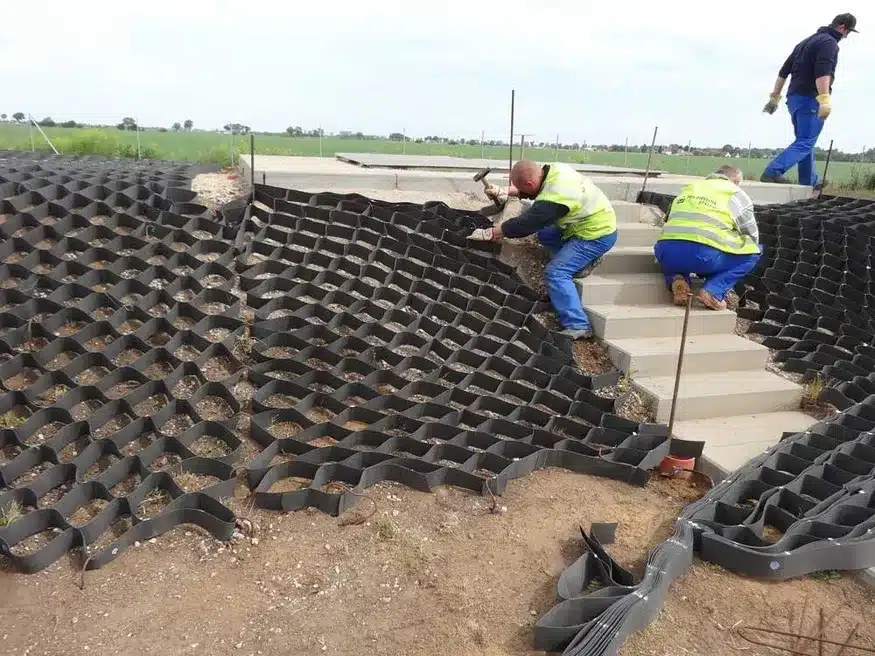
Basecore Geocell is incredibly versatile and can be used in various applications. It’s particularly useful in the construction of roads, highways, and railways, as it helps prevent rutting and increases the lifespan of paved surfaces. It’s also ideal for creating stable foundations for retaining walls, parking lots, and industrial sites. Additionally, Basecore Geocell can be used for erosion control in areas like slopes, embankments, and riverbanks, where soil movement is a concern.
How does the installation of Basecore Geocell compare to traditional methods?
Compared to traditional methods like soil stabilization using concrete or asphalt, the installation of Basecore Geocell is faster, more efficient, and less labor-intensive. It requires fewer materials, reducing overall project costs. The system can be installed with minimal excavation, and since it’s lightweight, transportation and handling are easier. Moreover, the flexible nature of geocell allows it to conform to the underlying terrain, ensuring a more secure and stable foundation.
By understanding these common questions and answers about Basecore Geocell, you can make more informed decisions when considering it for your next project. Whether you’re working on road construction, erosion control, or foundation reinforcement, Basecore Geocell offers a smart, reliable solution that enhances both performance and cost-effectiveness.
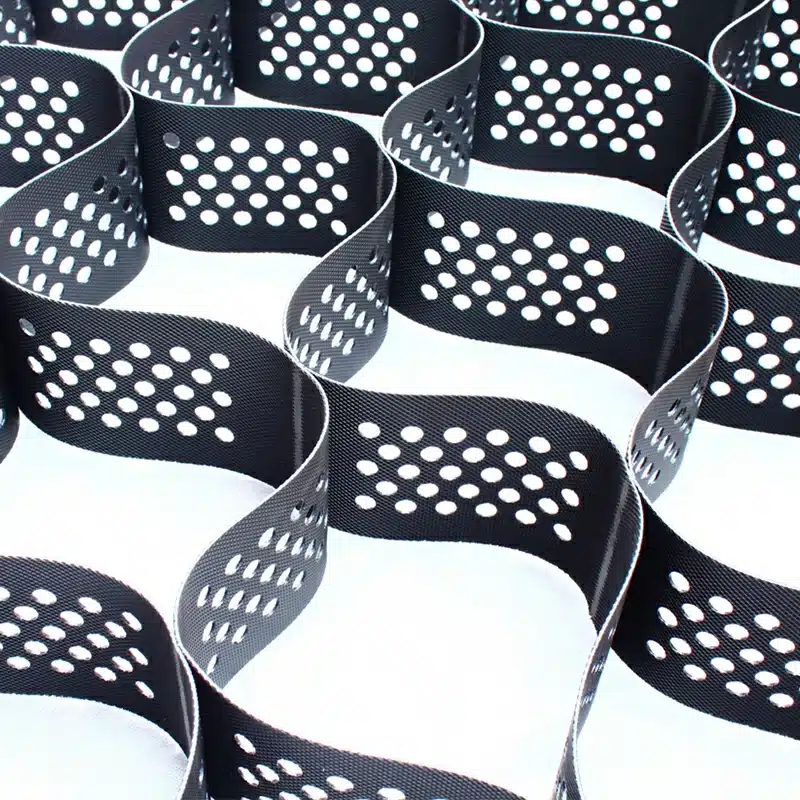
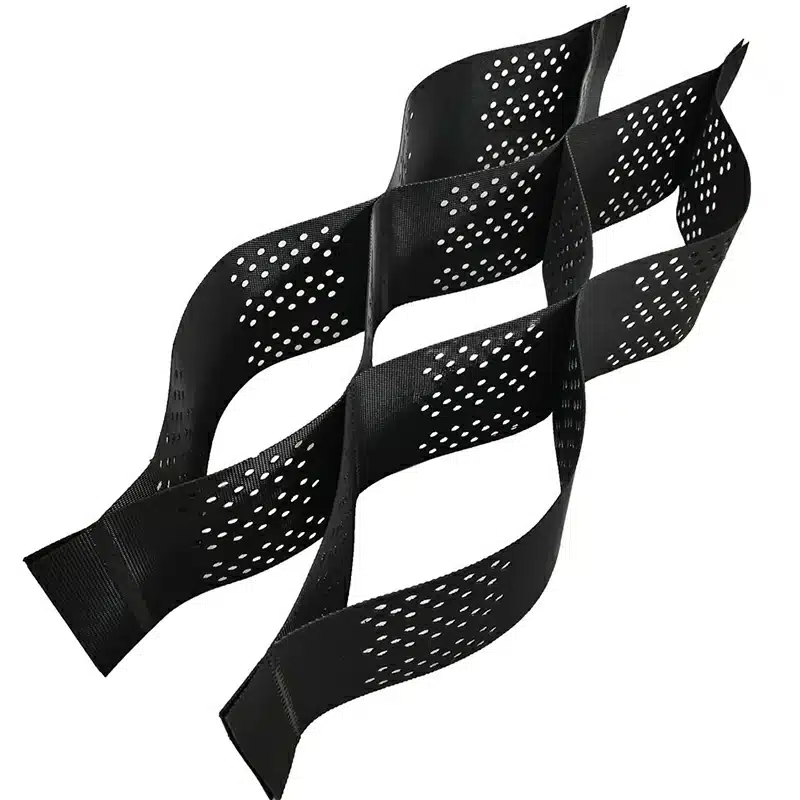
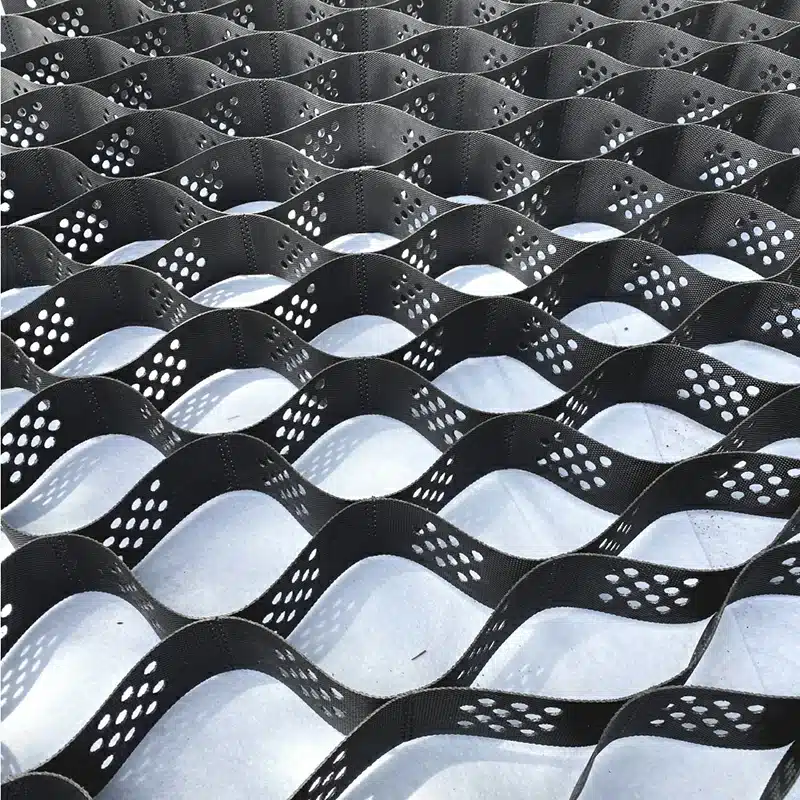
Comments
Post a Comment